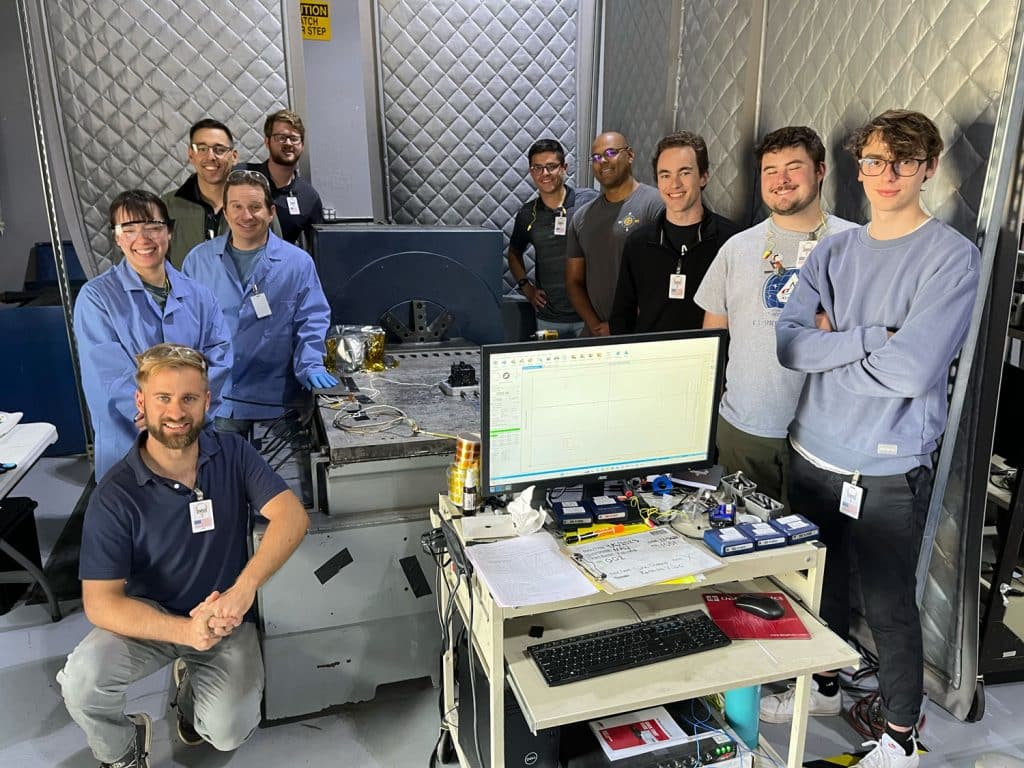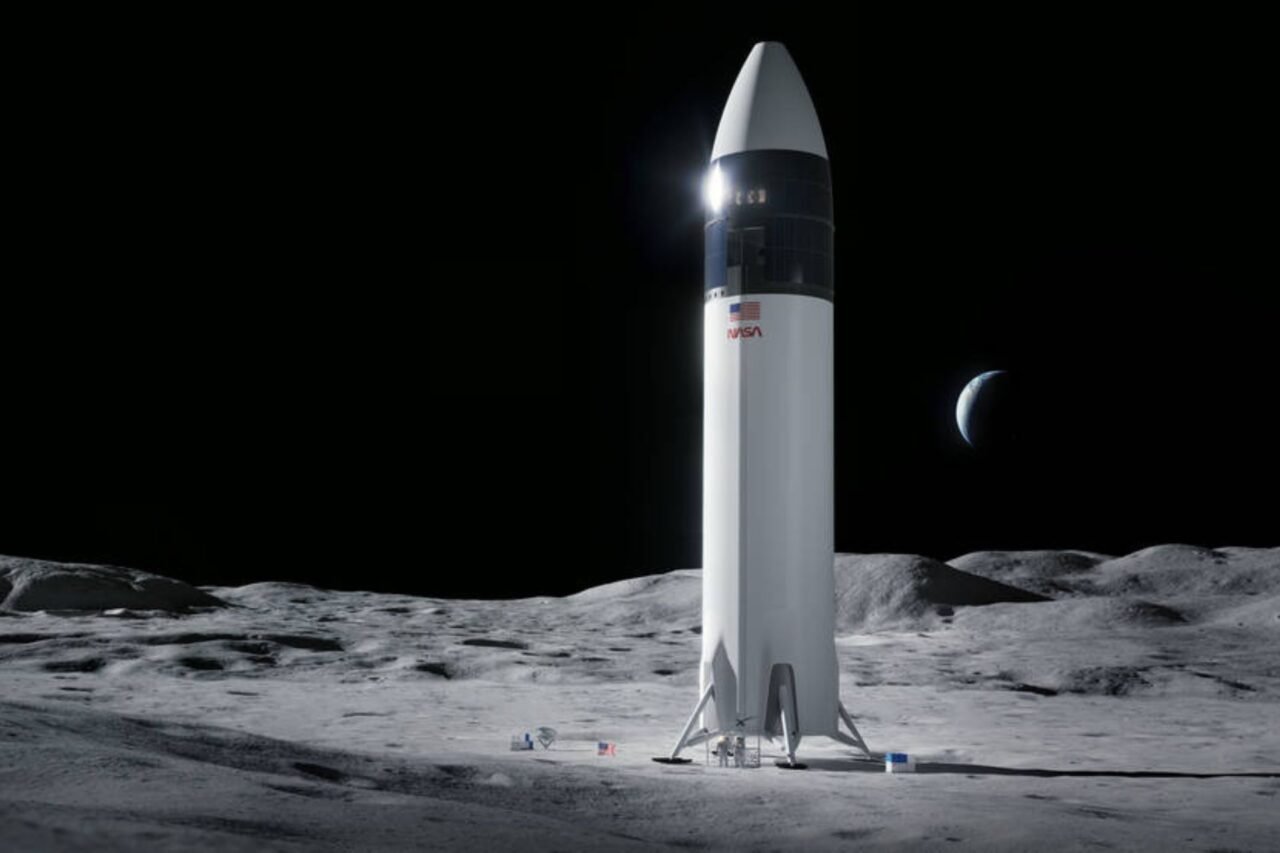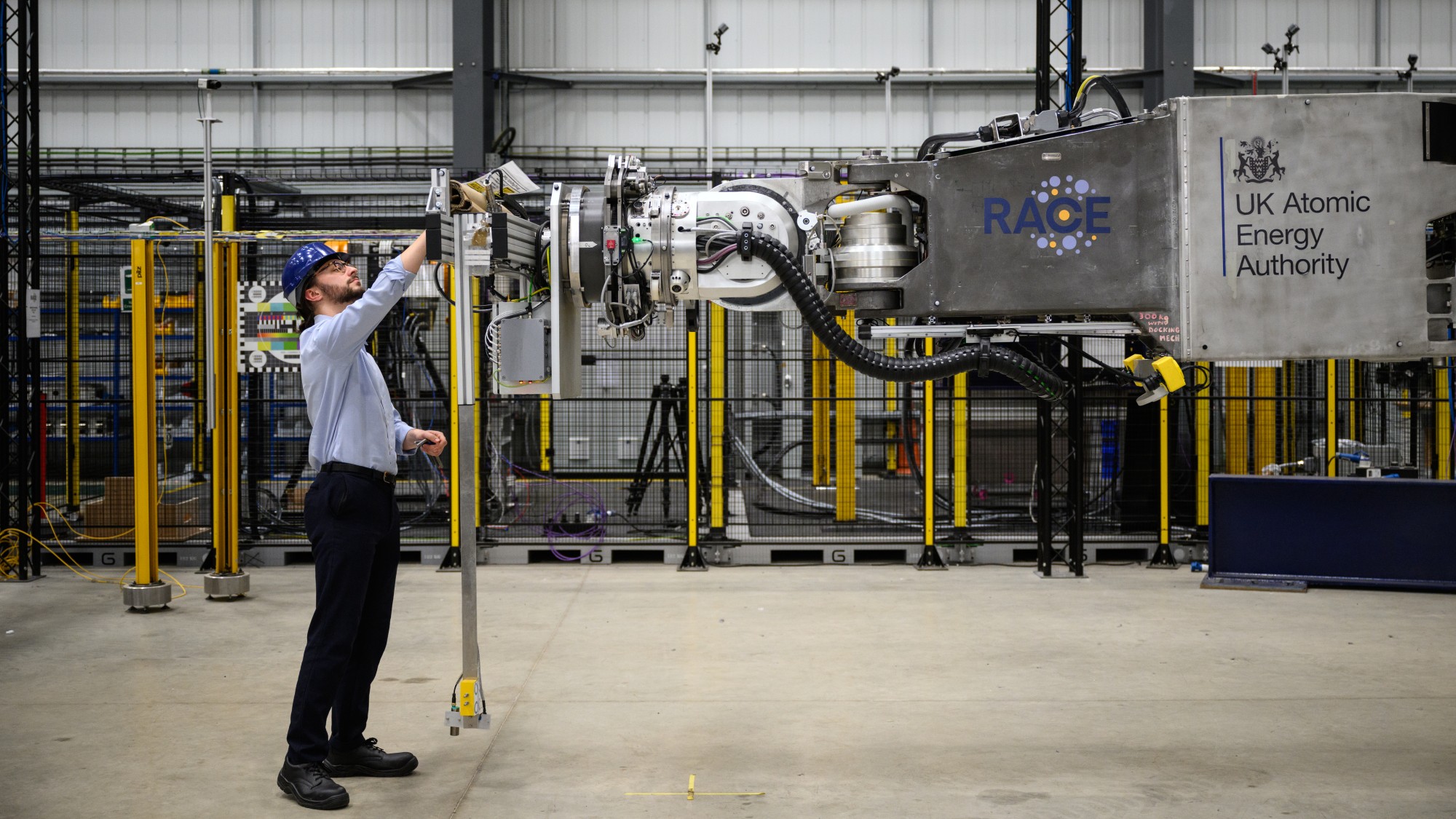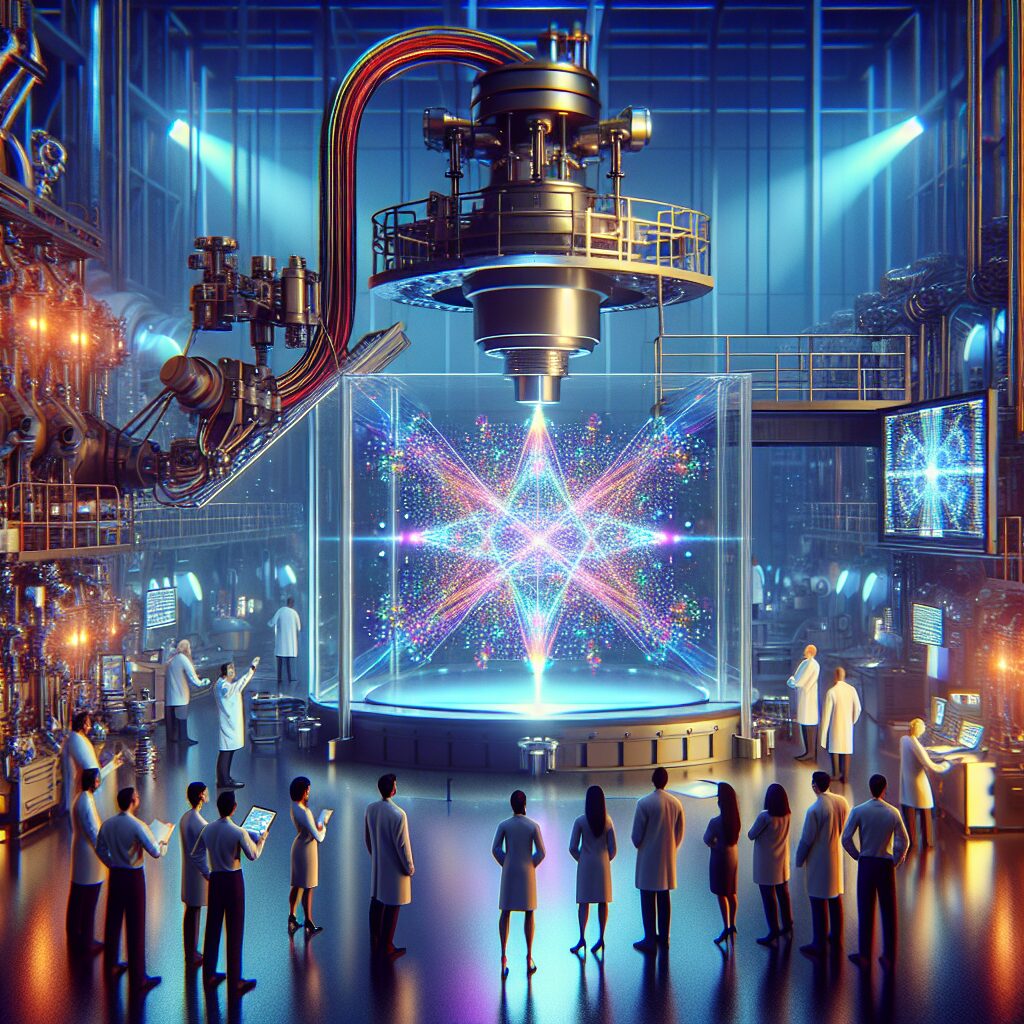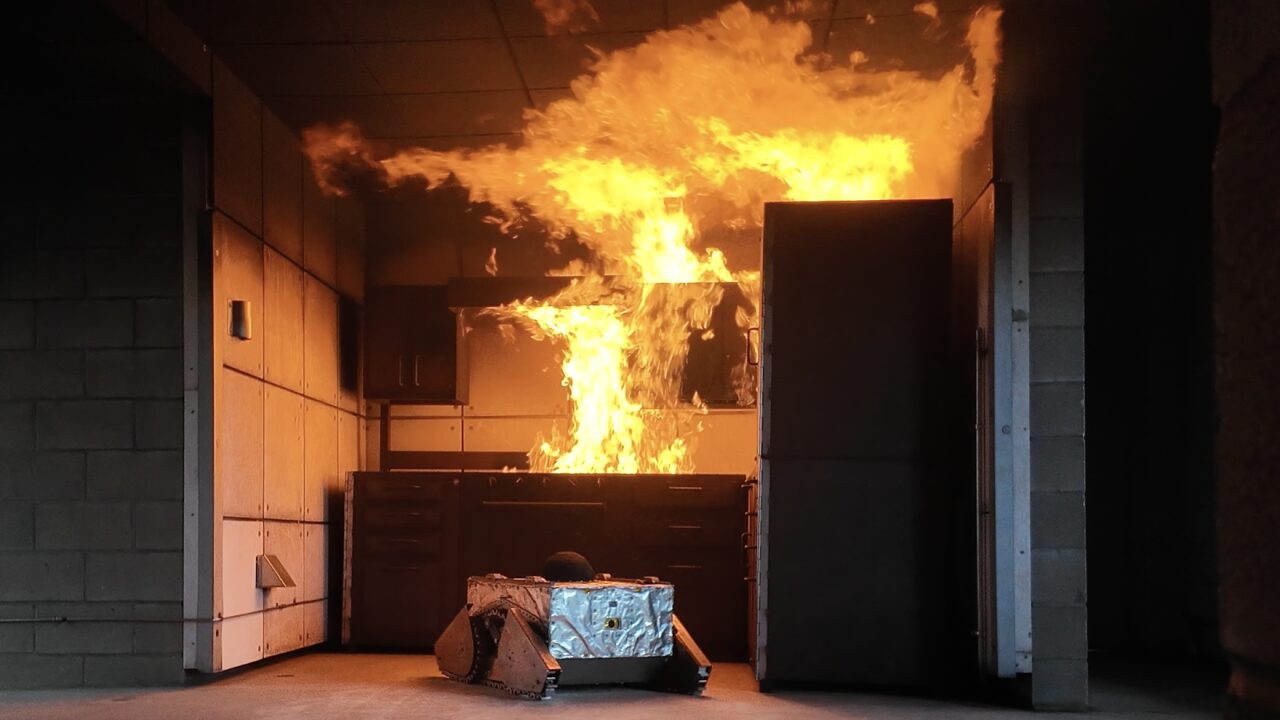A groundbreaking project led by students and faculty at Northern Arizona University (NAU) is set to send four custom-built cameras into deep space as part of NASA’s upcoming ESCAPADE mission to Mars. Two traditional cameras and two infrared cameras, designed and constructed by a team of 35 NAU students over three semesters, will help capture crucial images of the Red Planet.
The ESCAPADE mission, conceived by physicist Rob Lillis from the University of California, Berkeley, in collaboration with NASA and space technology company Rocket Lab, is scheduled to launch soon aboard a Blue Origin New Glenn rocket from Cape Canaveral Space Force Station in Florida. As details about the launch date and livestream become available, updates can be followed on Blue Origin’s social media channels.
Christopher Edwards, a professor of planetary science and director of NAU’s Radiant Center for Remote Sensing, emphasized the importance of student involvement in this hands-on project. “When Lillis first approached me about building a camera for the mission, I knew students should be at the forefront. For future planetary scientists and engineers, there’s no better training than collaborating directly with NASA,” he explained.
The student engineers engaged in every aspect of the project, from conception to design and testing. “They had to tackle challenges like securing tiny electronics and managing heat transfer without the use of fans,” Edwards noted. This real-world experience is invaluable for students aspiring to enter the fields of planetary science and engineering.
The initiative was supported by the Arizona Board of Regents’ Technology Research Initiative Fund, which enabled Edwards to create specialized courses to oversee the project. He worked alongside professors David Trilling, Chris Haberle, and mechanical engineering professor Michael Shafer in guiding students through the building and testing phases of the cameras.
Once launched, the spacecraft will enter a “loitering” phase up to 2 million miles from Earth, where it will conduct initial camera tests before proceeding to Mars, expected to arrive in September 2027. It may take up to a year after that for the cameras to begin capturing significant images of Mars.
The potential discoveries from this mission are exciting. Edwards expressed optimism about capturing phenomena like auroras on Mars, similar to the northern lights seen on Earth. “We think we can capture the aurora with our cameras,” he said. Additionally, the infrared cameras may provide new insights into the evolution of Mars’ polar caps, potentially altering our understanding of the planet’s climate and geology.
During the analysis phase, the NAU team plans to recruit students with backgrounds in computing and data analysis to assist in interpreting the data collected. “It’s going to be an exciting time operating an instrument around another planet and analyzing the data that are returned,” said Haberle.
This project not only contributes to scientific knowledge but also equips students with practical skills and experience that will serve them well in their future careers. The unique opportunity to work closely with a NASA mission is a significant milestone for the participating students and the broader NAU community.

